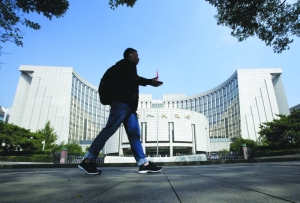Commentary: Trump rally shooting – what drives a solo assassin to kill?

In 2015, psychologists Emily Corner and Paul Gill conducted an analysis of 119 lone-actor terrorists and a matched sample of group-based terrorists, and found the probability of a lone-actor terrorist having a mental illness was 13.5 times higher than a group-based terrorist.
But while some form of mental disorder may be a risk factor for lone-wolf terrorism, there are additional factors which seem to be critical. These include holding a strong personal or political grievance, coupled with some form of desensitisation to violence through a gradual escalation of violent behaviour.
The story of Mark Chapman, John Lennon’s killer, suggests that status-seeking can also be important. This may be even more prevalent now in our social media-dominated world, coinciding with what some psychologists suggest is a dramatic rise in narcissism and narcissistic personality disorder.
When this narcissism is combined with lack of empathy, callousness and emotional flatness of the kind you tend to find in psychopathy, then you can have a particularly dangerous combination.
WHAT DRIVES AN ASSASSIN?
How prevalent are these factors among assassins? A 1999 report by US psychologist Robert Fein and Bryan Vossekuil, then executive director of the National Threat Assessment Centre with the US Secret Service, analysed all people who attacked, or approached to attack, a “prominent person of public status in the US since 1949”.
There were 83 assassins analysed: Most (86 per cent) were male, the vast majority (77 per cent) were Caucasian, and more than half (55 per cent) had seen service in the military.





